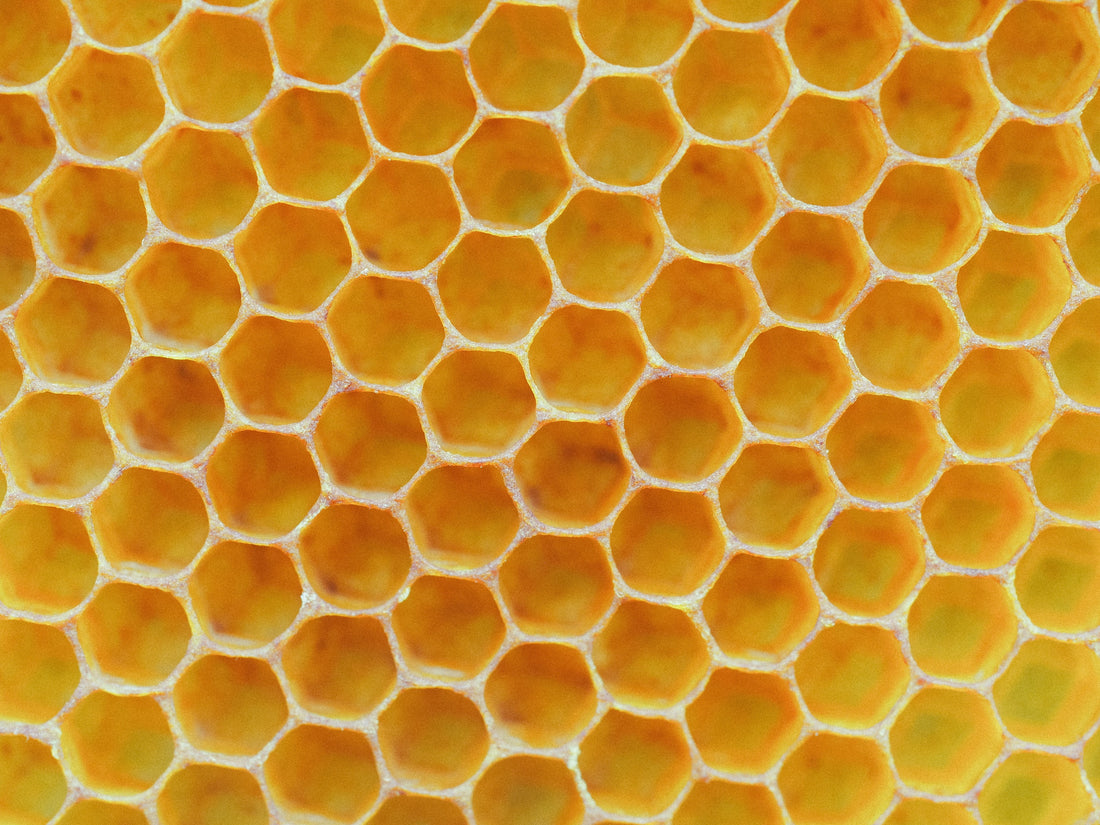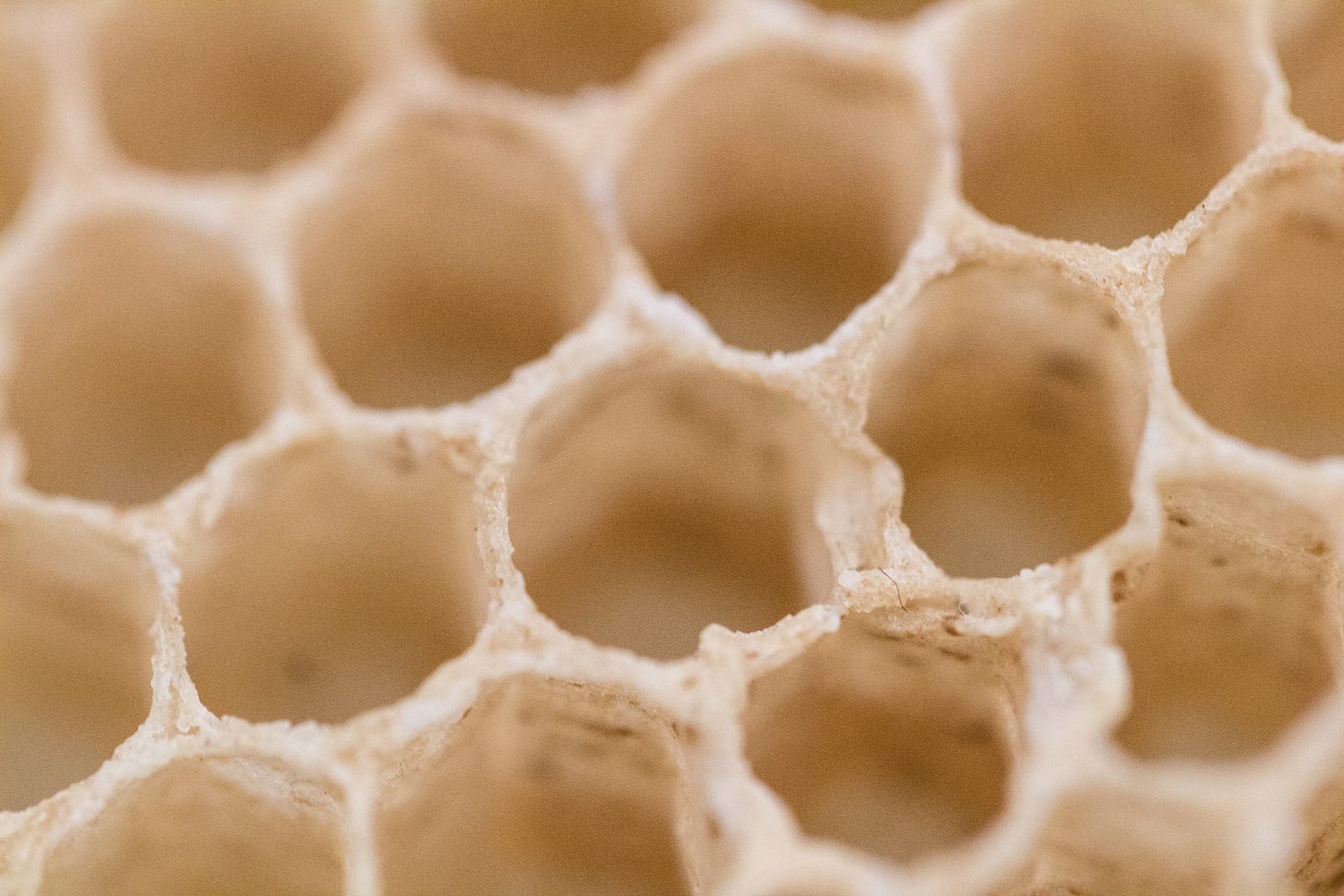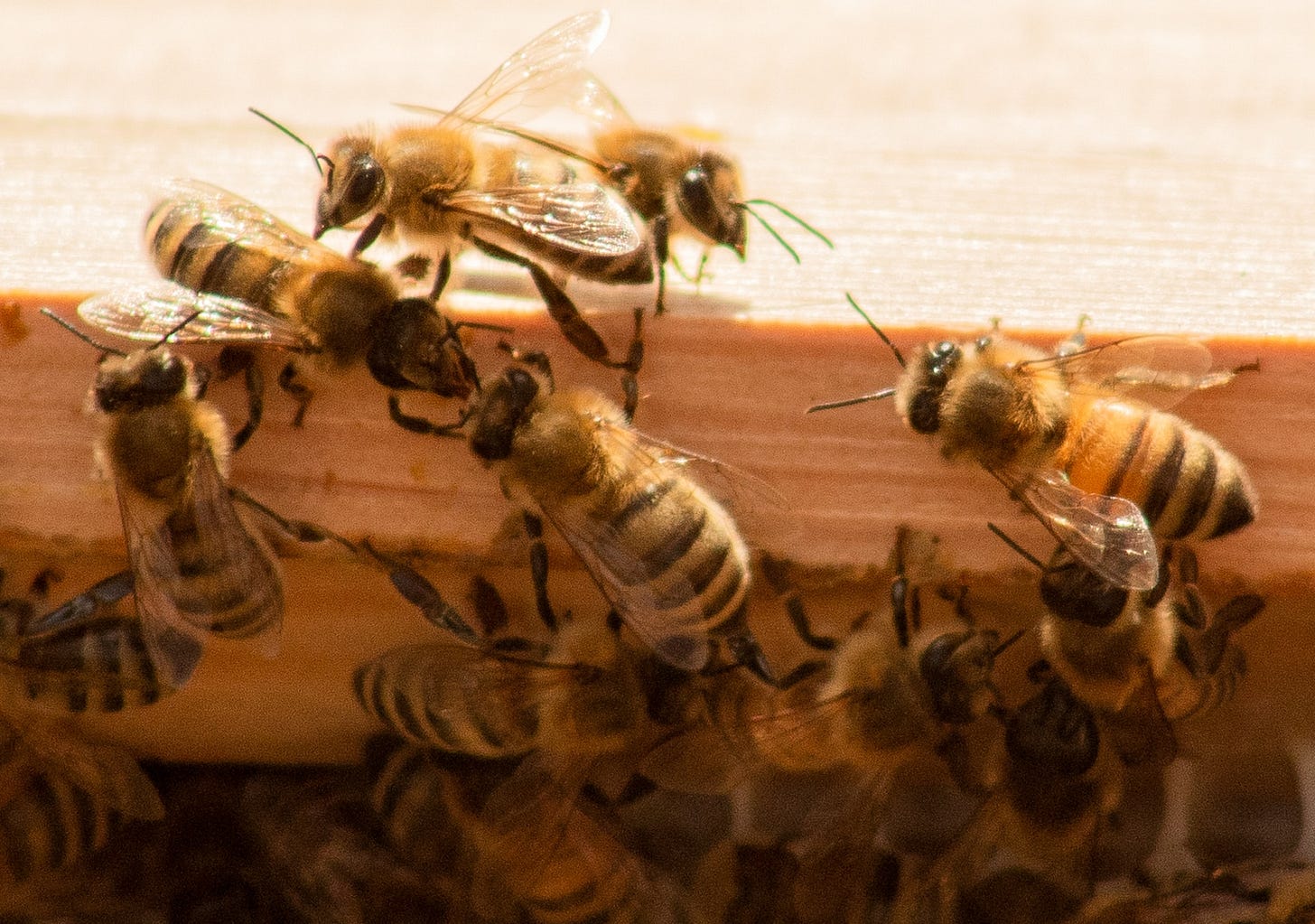
Male Bees Are Clones!?
Share
In the intricate tapestry of the beehive, where thousands of individuals coalesce into a single, harmonious entity, the queen bee stands as a sovereign emblem. Her role is not just of governance but of genesis, giving life to the next generation.
Yet, in her chambered nursery lies a profound mystery, one of genetic alchemy: the difference between haploid and diploid eggs. This distinction, subtle yet momentous, shapes the very fabric of the honeybee colony.
Haploid eggs, containing only a single set of chromosomes, are unfertilized. When they mature, they give rise to male bees, known as drones. Their sole purpose is to mate with a queen from another colony. They lack the ability to forage or defend the hive and do not possess a stinger.
On the other hand, diploid eggs are fertilized, bearing two sets of chromosomes. These eggs evolve into the female worker bees and potential future queens. The worker bees are the hive's backbone, undertaking tasks from foraging and nursing to guarding and tending to the queen. In stark contrast, the young queens, when born, might engage in a deadly dance, with only one emerging as the successor to the reigning queen.
The queen's ability to choose the gender of her offspring ensures the balance of the colony isn’t tipped one way or another. Drones, though fewer in number, are essential for genetic diversity as they mate with queens from other colonies. Worker bees, being more numerous, maintain the hive's daily operations, ensuring its survival and prosperity.
During abundant seasons, the queen might lay more diploid eggs, capitalizing on the resources to bolster the hive's workforce. However, as winter approaches, the colony often drives out the drones to conserve resources, highlighting the transient nature of their role. Once ejected, they usually die within a day or two. Sorry boys!
The queen’s pheromones play a vital role in the egg-laying dynamics. They inhibit the worker bees from laying eggs and ensure the hive's unified focus on tending to the queen's offspring. This establishes her as the central figure in the colony's genetic narrative.
The queen bee's dual egg-laying capability offers a profound lesson in nature's strategy and adaptability. It reveals the delicate equilibrium that sustains complex systems, where every individual, from the industrious worker bee to the transient drone, has a unique role.
As we peer into the golden chambers of the beehive, let us marvel at the wisdom encapsulated within. The dance between haploid and diploid is more than just a genetic distinction; it's a testament to the nuanced choreography of life, ensuring the hive's survival and the continuation of the honeybee legacy.


